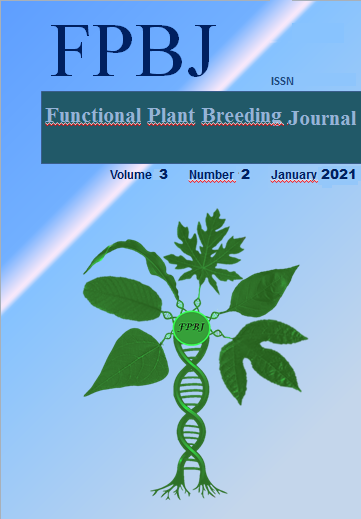DIGITAL PHENOTYPING IN INBRED GUAVA LINES: SEED CHARACTERIZATION
Abstract
Guava, Psidium guajava L., is a species of economic importance for several countries. The production of new varieties of guava from seeds with good germination and vigor potential has been investigated. In this scenario, the present study characterized and estimated the genetic diversity of seeds of 42 genotypes of guava from an S2 family based on germination response, vigor tests, and digital phenotyping analysis. The experiment was laid out in a randomized-block design with four replicates. Descriptive statistics were carried out for each of the analyzed variables and multivariate analyses were used to estimate genetic diversity based on Gower’s Distance. Digital analysis was performed using the GroundEye S120 system, which extracted color, geometry, texture, and histogram data. In total, three color, two geometry, five texture, four physiological analysis, and 17 histogram variables were used. The physiological variables and those obtained by digital phenotyping were efficient to discriminate the genotypes, indicating that there is genetic variability to be exploited within the guava breeding program. The traits that most contributed to genetic diversity were those related to the histogram. The genotypes belonging to groups I and III had the highest means for germination percentage, thousand-seed weight, and shoot length. Based on the results, two options are viable for conducting the guava breeding program. The most vigorous individuals can be self-pollinated for the development of lines and the superior and most divergent ones from groups I and III can be crossed to exploit heterosis. Thus, crosses between the most vigorous individuals from groups I and III are recommended, as they exhibited higher means for the traits of germination percentage, thousand-seed weight, and shoot length.














